Our societies are forming in new ways. The ability to communicate remotely in real-time changes things. Space, community and place are becoming different things now. Space is no longer a passive thing that time marches through. Time and space are connected and changed by the flow of information.
- Information
- Time and
- Location-location-location.
These things control and define value, or so any real-estate agent will tell you. In this model, information is thought of as a static thing. Something one knows or does not. Like the right price, or someone’s name.
But information is increasingly becoming less of a fixed thing, it is a two-directional flow. We watch a video, and send back our response. We read an article, and comment. We have a question so we may seek, find and edit an answer immediately. (Space-of-flows)
With the Internet we now have:
- Information-flow
- Location
- Time.
Information-flow is also often called bandwidth, data-transfer, network speed.Information is no longer a static thing, it has become a potential, an ability. Something that we can change the flow of, like water through a tap.
National Cultural policy needs to take this concept into account. Culture can be fertilised and thrive given access to high information-flow. Regions without it will become parched, routed around and marginalised.
(Reference, Space-of-Flows, Wikipedia, Castells, http://en.wikipedia.org/wiki/Space_of_flows)

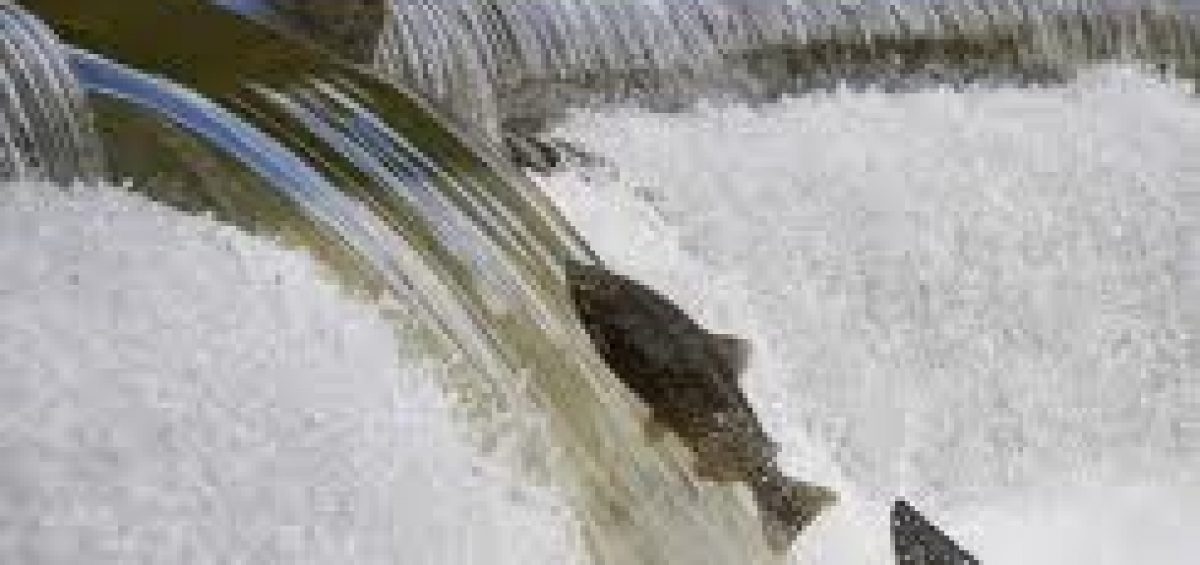
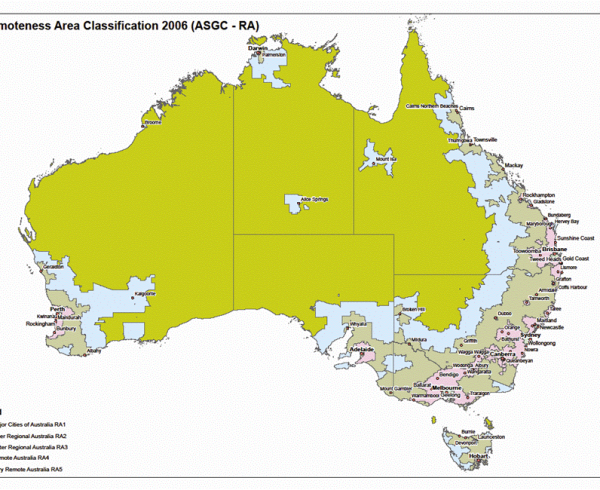





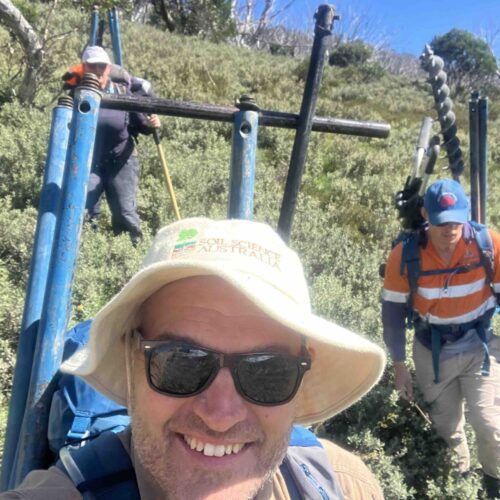


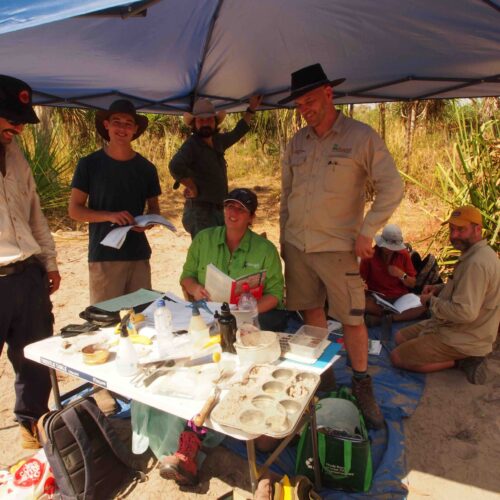

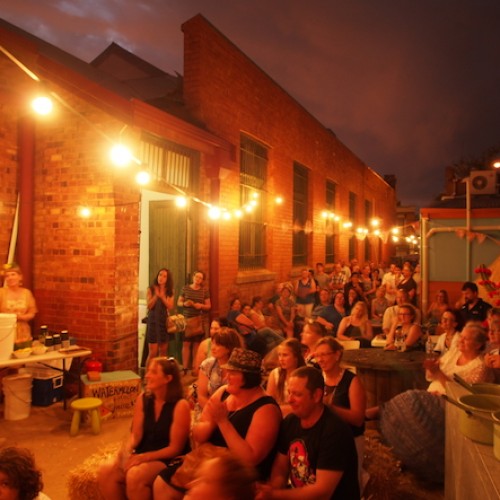
Leave a Comment